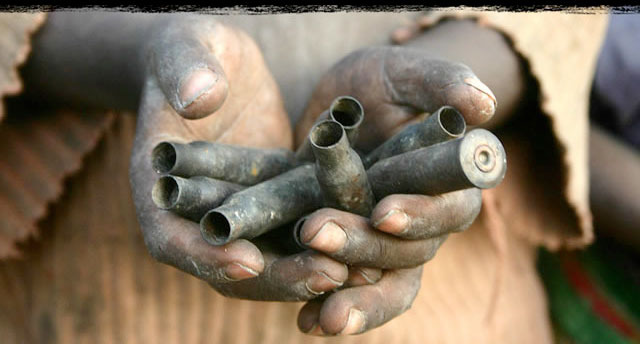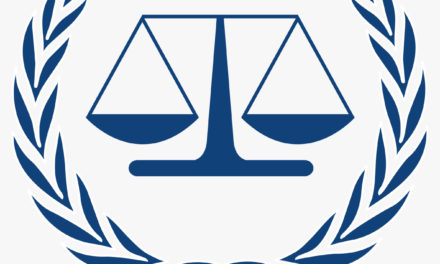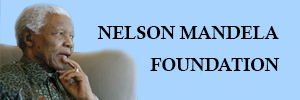1977: First Protocol Additional to the Geneva Conventions (Additional Protocol I) provides that states shall take “all feasible measures in order that children who have not attained the age of fifteen years do not take a direct part in hostilities and, in particular, they shall refrain from recruiting them into their armed forces.
1986: Agenda on psychosocial impact of war on children.
1989: Convention on the Rights of the Child
1990: African Charter on the Rights and Welfare of the Child
1993: United Nations General Assembly adopts resolution 48/157 on the Protection of Children Affected by Armed Conflicts, in which it requests the UN Secretary-General to appoint an independent expert to undertake a comprehensive study on the impact of armed conflict on children.
1996: First UN Secretary General Report on the Impact of Armed Conflict on Children to the UN General Assembly (this was a ground-breaking report prepared by Mrs. GraaMachel, and was the first comprehensive human rights assessment of war-affected children).1
Following the recommendation in the Machel Report, the General Assembly adopted resolution 51/77, which recommended a three-year appointment of a Special Representative of the Secretary General for children and armed conflict. (para 35. A/RES/51/77). The Office was set up in 1997.
1998: Rome Statute of the International Criminal Court, adopted in 1998 (conscription of children under 15 is a war crime).
1999: International Labor Organization (ILO) Convention on the Worst Forms of Child Labor (the convention lists forced or compulsory recruitment of children for use in armed conflict among the worst forms of child labor).
Security Council Resolution 1261 formally affirms that the protection and security of children affected by armed conflict is an international peace and security issue.
2000: Security Council Resolution 1314 reaffirms this notion that situations where there is systemic flagrant and widespread violations of International Humanitarian and Human Rights Law, including that relating to children in situations of armed conflict, may constitute a threat to international peace and security.
Optional Protocol to the Convention on the Rights of the Child on the Involvement of Children in Armed Conflict (raising the minimum age for direct participation in hostilities from 15 to 18).
2001: Security Council Resolution 1379 urges member states to prosecute those responsible for [] egregious crimes perpetrated against children.
2003: Security Council Resolution 1460 adopt measures to ensure more systematic monitoring and reporting on the recruitment and use of children in armed conflict, and other types of abuses and violations committed against children in situations of war.2














